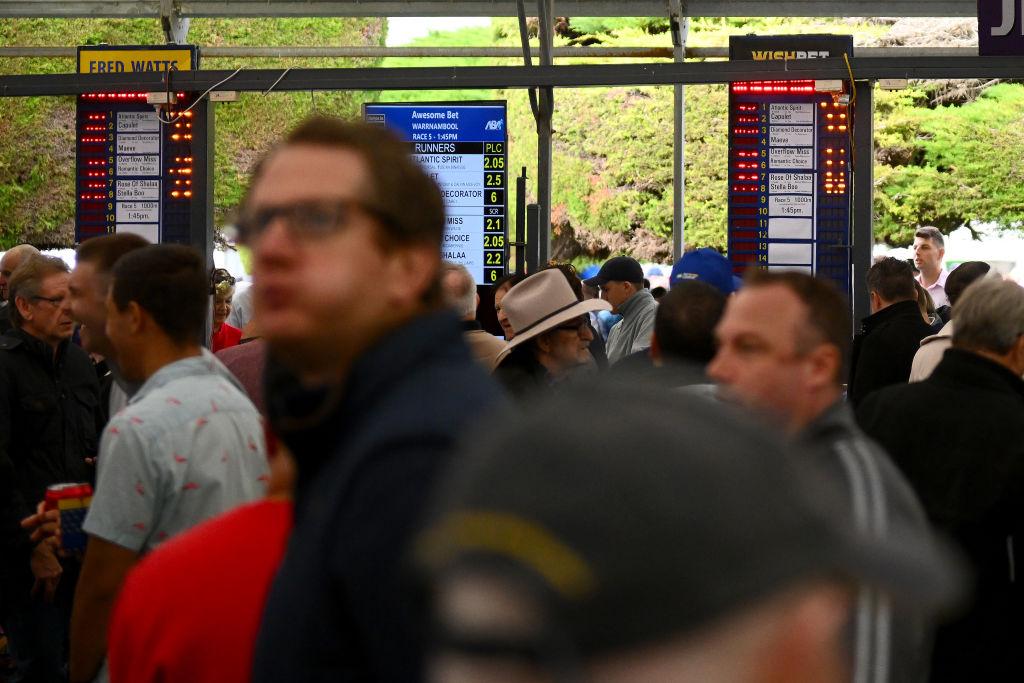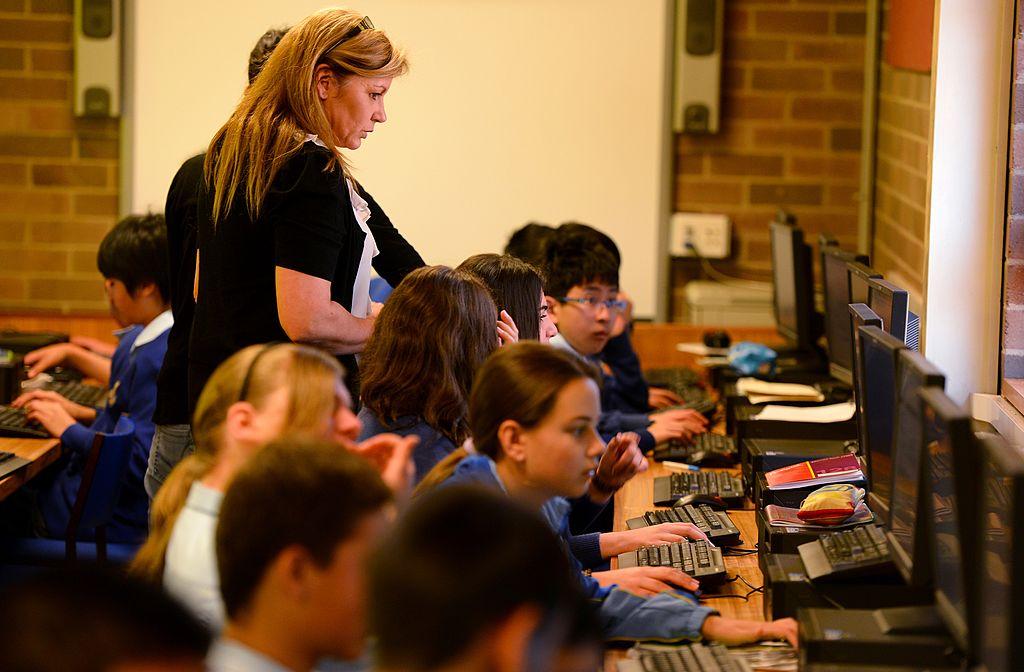Over 180 suicide deaths in Victoria were a direct result of gambling, a landmark study of data from the coroner found on Sept. 11, prompting urgent calls to deal with suicide prevention.
Federation University, in collaboration with the Coroners Court of Victoria, undertook the study (pdf) titled “Gambling-related suicide in Victoria, Australia: a population-based cross-sectional study” and found 184 of 4,788 suicide deaths in Victoria were gambling-related, comprising 4.2 percent of all suicides over eight years.





